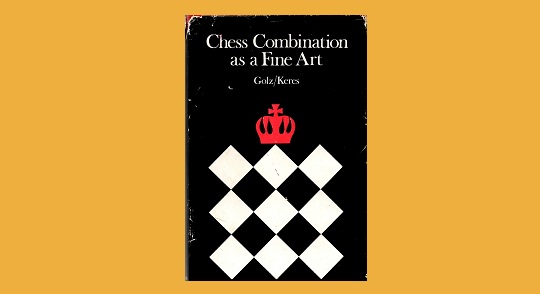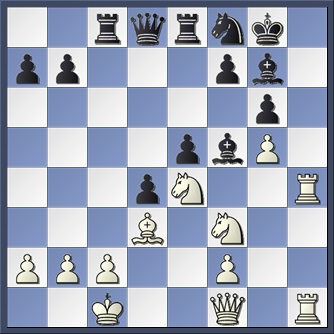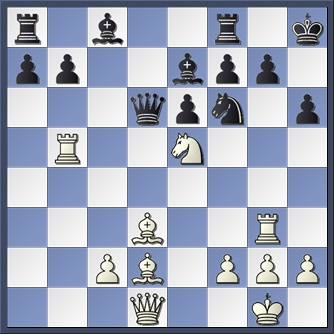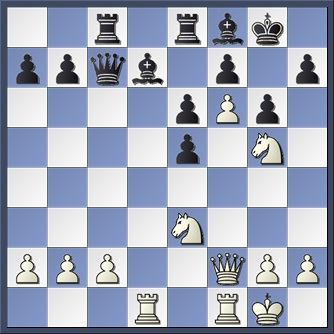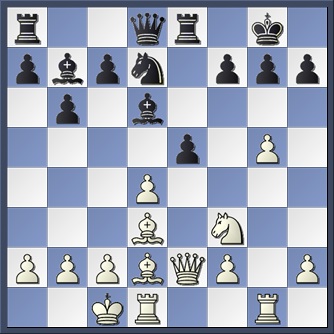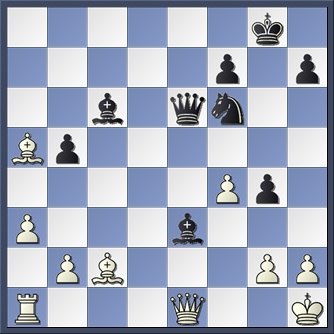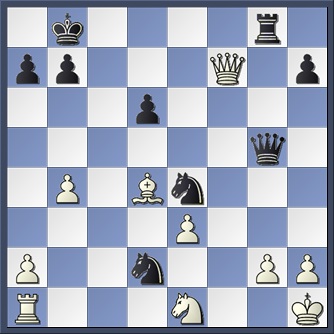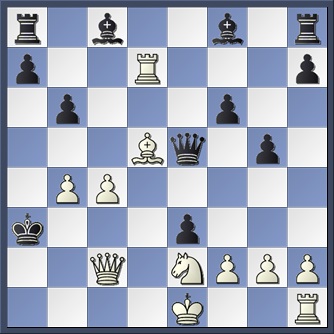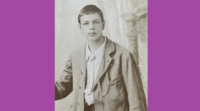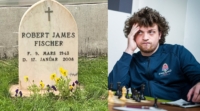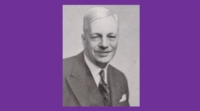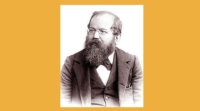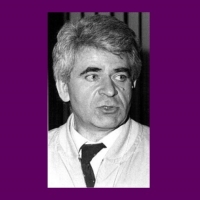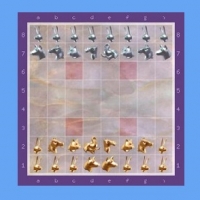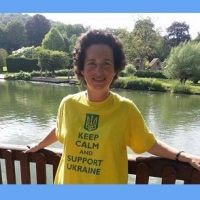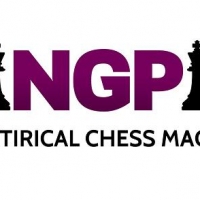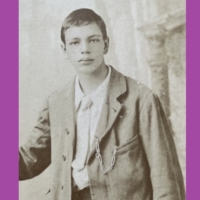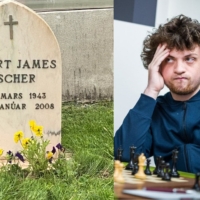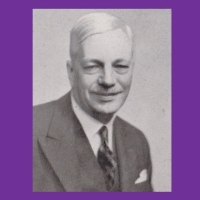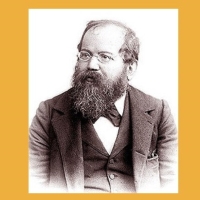‘The game of chess draws its life and impulse from the contrast between seeing and not seeing and the innumerable gradations between the two. The optical is more powerful than the technical and theory has little significance if it is not associated with the imagination.’
Kurt Richter
quoted in Golz/Keres, Chess Combination as a Fine Art (London: Pitman Publishing, 1976), p.15
Kurt Richter
‘Kurt Richter was one of the most interesting masters in both German and international circles. This was not because he was a strong player, since there were players who were more successful from this point of view, but because of his attitude to the game. For him a game of chess was an inexorable struggle between two personalities who went on fighting until all the resources were exhausted. He was not concerned with marking up a half or a whole point on the tournament table on every occasion but with the pleasure to be got from an exciting, hard and uncompromising struggle . . . he reminds me of his famous predecessors of last century, and particularly Adolph Anderssen. Richter too knew how to conjure up surprising combinations from seemingly unpromising positions or to create the conditions for them.’
Paul Keres, Chess Combination as a Fine Art, pp.2-3
Richter – Abramavicius
Hamburg 1930
White to play
Richter – Alexandrescu
Munich 1936
White to play
Richter – Engels
Bad Saarow 1937
White to play
Richter – Palme
Berlin 1938
White to play
Sämisch – Richter
Berlin 1938
Black to play
Staldi – Richter
Stuttgart 1939
Black to play
Richter – Grob
Stuttgart 1939
White to play
Alekhine – Richter
Munich 1941

